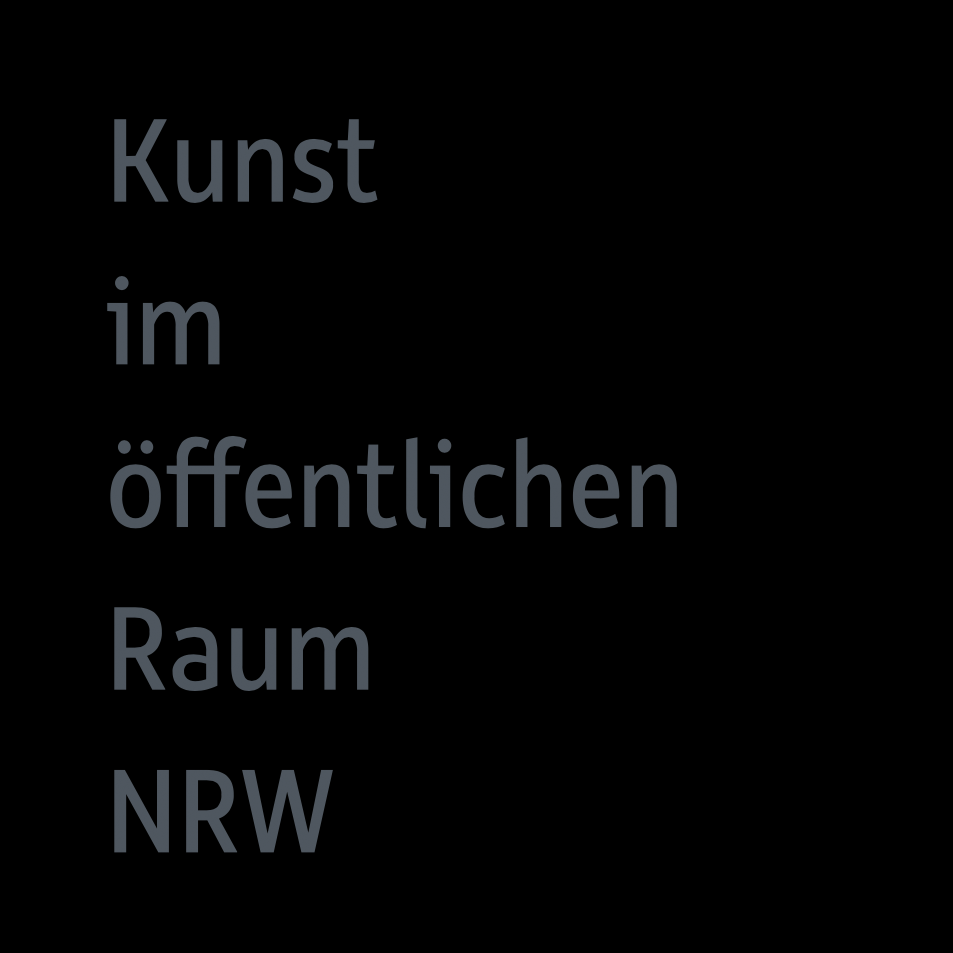Hannover Tor / Hanover Gate
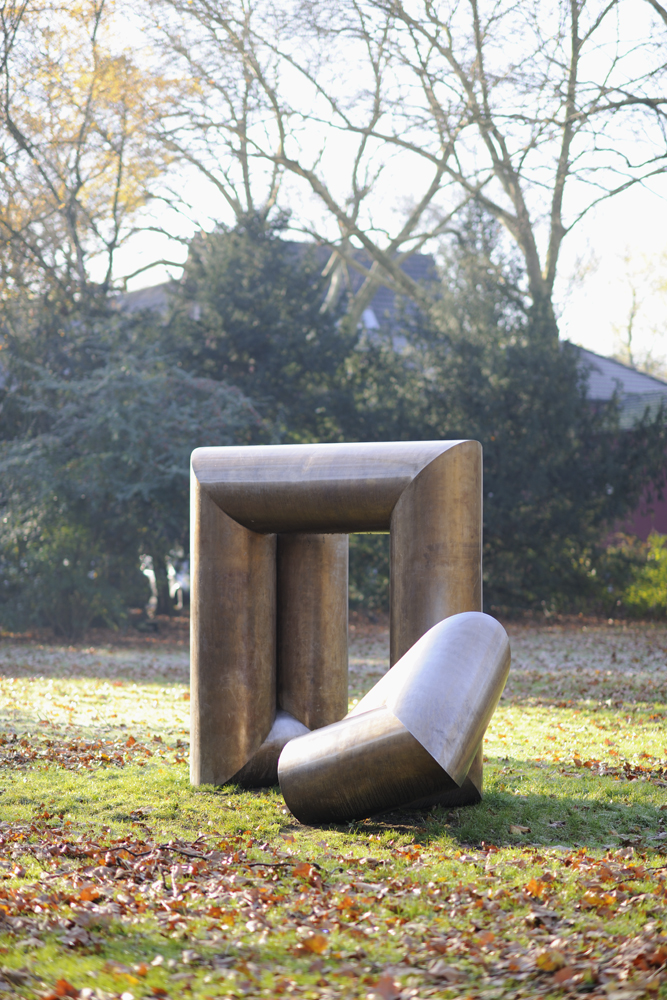
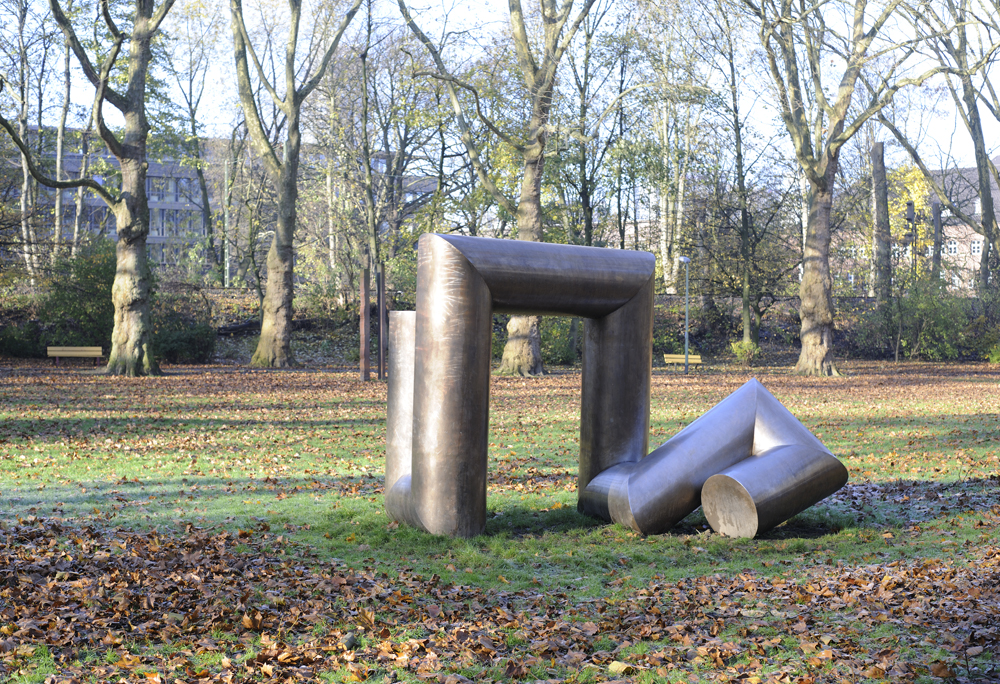
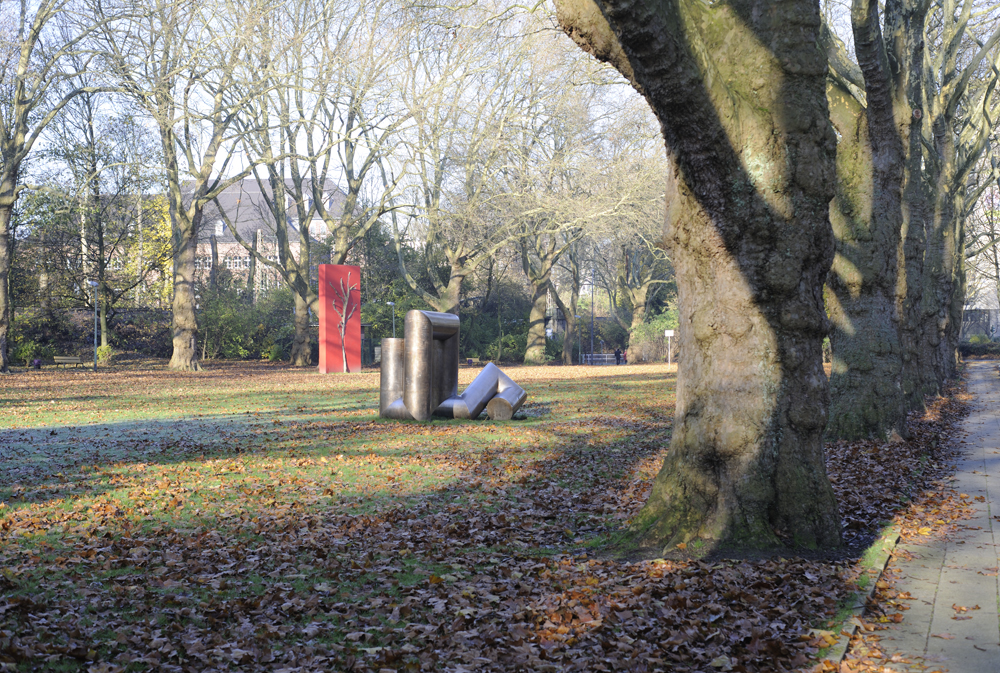
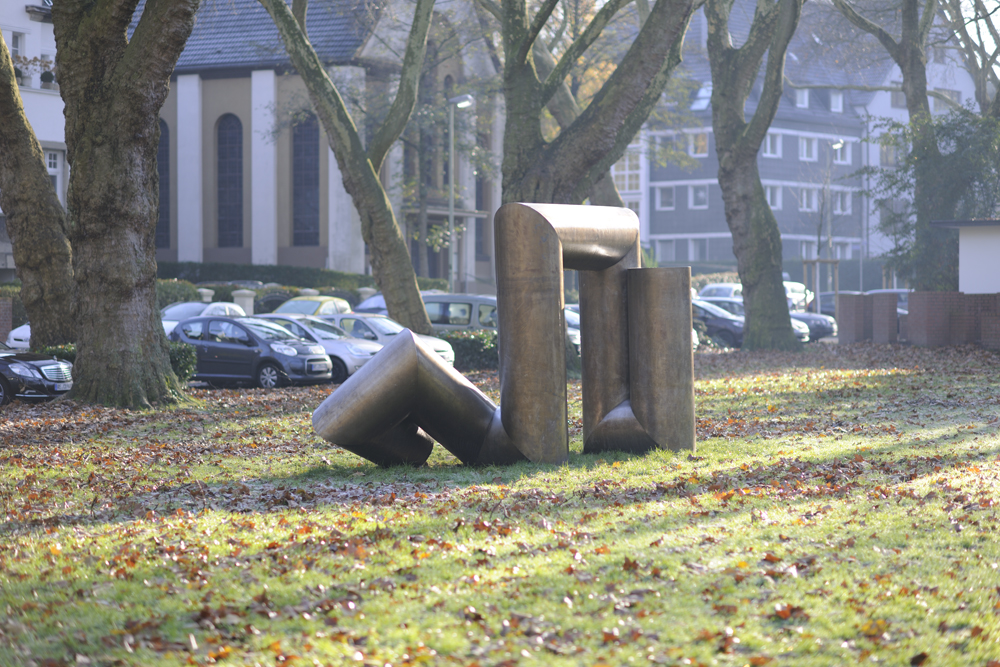
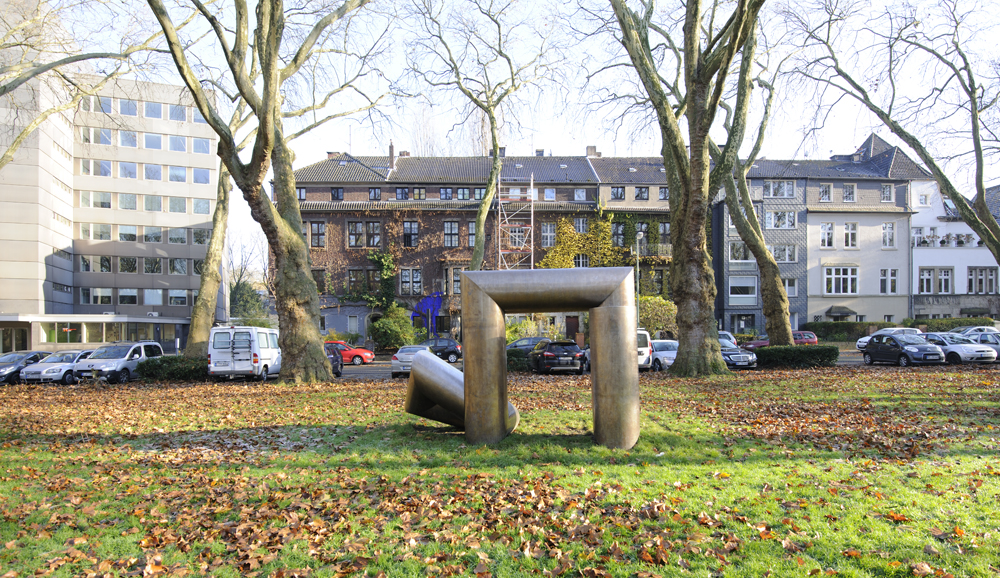
This sculpture made of industrial pipes is part of a sculpture park with works by different artists that were created specifically for Moltkeplatz in Essen. Friedrich Gräsel named his work Hanover Gate, which refers to the last mine in Bochum-Hordel. The Zeche Hannover is an impressive example of industrial architecture from the 19th century and has been a part of the LWL-Industriemuseum since 1995.
Five years after the coalmine was shut down, the Hanover Gate was created using welded, color-annealed segments of stainless steel pipe – a typical construction material in the Ruhrgebiet. They form two gate-like shapes, with the taller one standing firm and upright, while the smaller one is tipped and seems to lead below the ground. In this way, the sculpture can serve as a symbol of the mining culture of the Ruhrgebiet just as much as it can be perceived as an abstract, industrial, and artistic sculpture.
Further reading:
Public Art Ruhr. Die Metropole Ruhr und die Kunst im öffentlichen Raum. Eds. Walter Smerling and Ferdinand Ulrich on behalf of the RuhrKunstMuseen, Cologne 2012, ISBN 978-3-8632-134-0, p. 58.
Friedrich Gräsel
← Zur Startseite
Essen, Moltkeplatz
